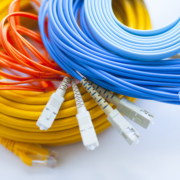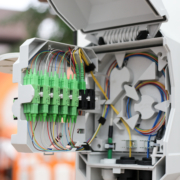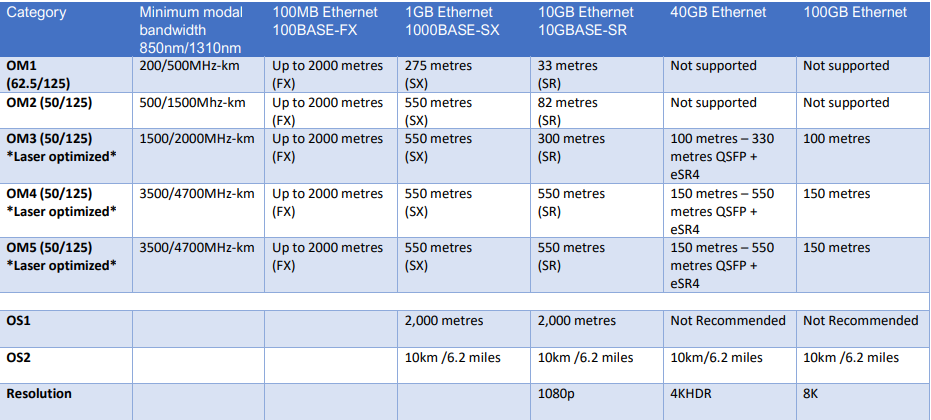Fibre Optic Transmission Speed
Fibre optic technology has revolutionised the telecommunications industry and has made possible high speed data transmission over long distances. This has led to the development of new applications such as high definition television (HDTV), video conferencing and high speed internet access. Furthermore, fibre optic is also being used in medicine for diagnosis and treatment of diseases. In this article we’ll look at fibre optic transmission speed.
Fibre optic transmission speed is limited only by the bandwidth of the optical fibre and the electronic equipment used. The current world record for single-mode optical fibre transmission is 160 Terabits per second over a distance of 6,500km (4038 miles). This was achieved using wavelength division multiplexing (WDM) with each channel carrying close to 26 Terabits per second.
The world record for multi-mode optical fibre transmission is 1.125 Petabits per second over a distance of 2,000km (1,242 miles). This was achieved using WDM with each channel carrying close to 4 Tbps.
The high speed and long distance capabilities of fibre optics make it the ideal choice for many applications. It is expected that the demand for fibre optics will continue to grow in the years to come.
What is a Fibre Optic Cabling
A fibre optic cable is made up of very thin glass or plastic fibres that are arranged in a core and surrounded by a cladding. The core is typically made of either glass or plastic and has a diameter of around 62.5 microns. As a result, the cladding surrounding the core has a diameter of around 125 microns.
The glass or plastic fibres that make up the core and cladding are arranged in a way that allows them to guide light along their length. When light enters one end of the fibre it is reflected off the inner surface of the cladding and travels along the length of the fibre.
Lastly, the glass or plastic fibres used in fibre optics have a very high refractive index. This means that they can guide light over long distances with very little loss.
Types of Fibre Optic Cable
There are two main types of fibre optic cable: single-mode and multi-mode.
Single-mode fibres are made up of a small diameter core surrounded by a cladding with a slightly lower refractive index. This type of fibre is used for long distance transmissions because it can guide light over very long distances with very little loss.
Multi-mode fibres are made up of a larger diameter core surrounded by a cladding with a lower refractive index. This type of fibre is used for shorter distance transmissions because the larger diameter core results in a higher loss of signal over long distances.
For our article on Single-Mode vs Multi-Mode, follow this link.
How are fibre optic cables tested?
Fibre optic cables are typically tested for attenuation. This is a measure of how much light is lost as it travels through the cable. Attenuation is usually expressed in dB/km, and it represents the amount of light that is lost per kilometre of cable. For example, a cable with an attenuation of 0.5 dB/km would lose 0.5% of the light that enters it over a distance of one kilometre.
In addition to attenuation. Fibre optic cables are also tested for other factors such as, dispersion and crosstalk. Dispersion is a measure of how much the light signal spreads out as it travels through the cable, while crosstalk is a measure of how much the signal from one fibre optic cable affects the signal in another fibre optic cable.
Testing fibre optic cables is important to ensure that they will be able to provide a clear and consistent signal over long distances. Attenuation and dispersion can cause problems with the signal. Crosstalk can cause interference between different fibre optic cables. By testing the cables before installation, it’s possible to ensure that they will be able to provide a clear and reliable signal.







